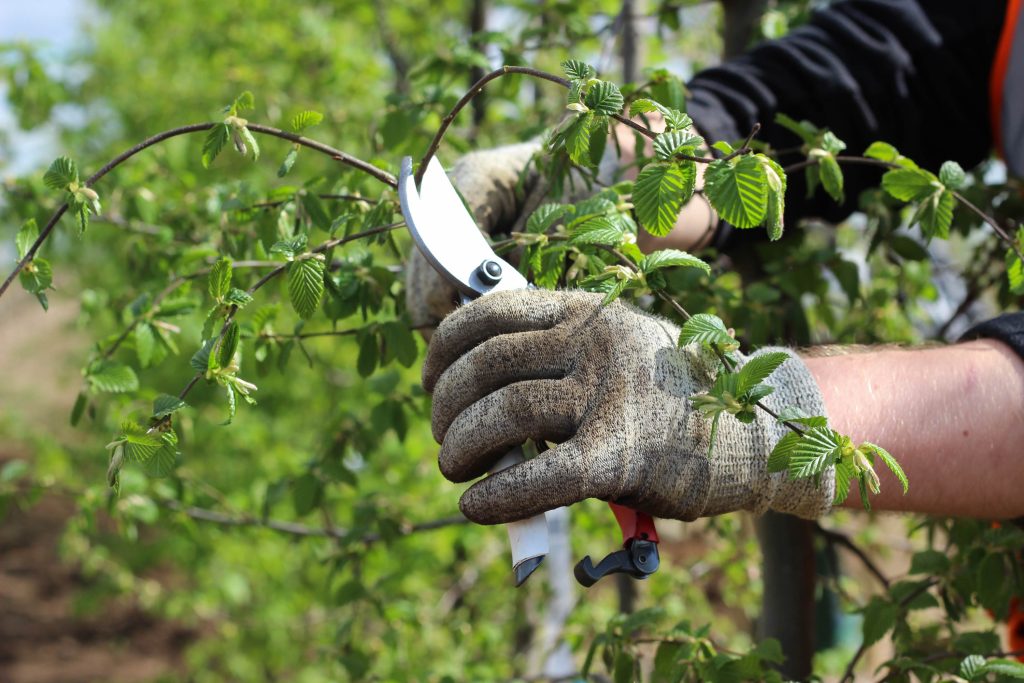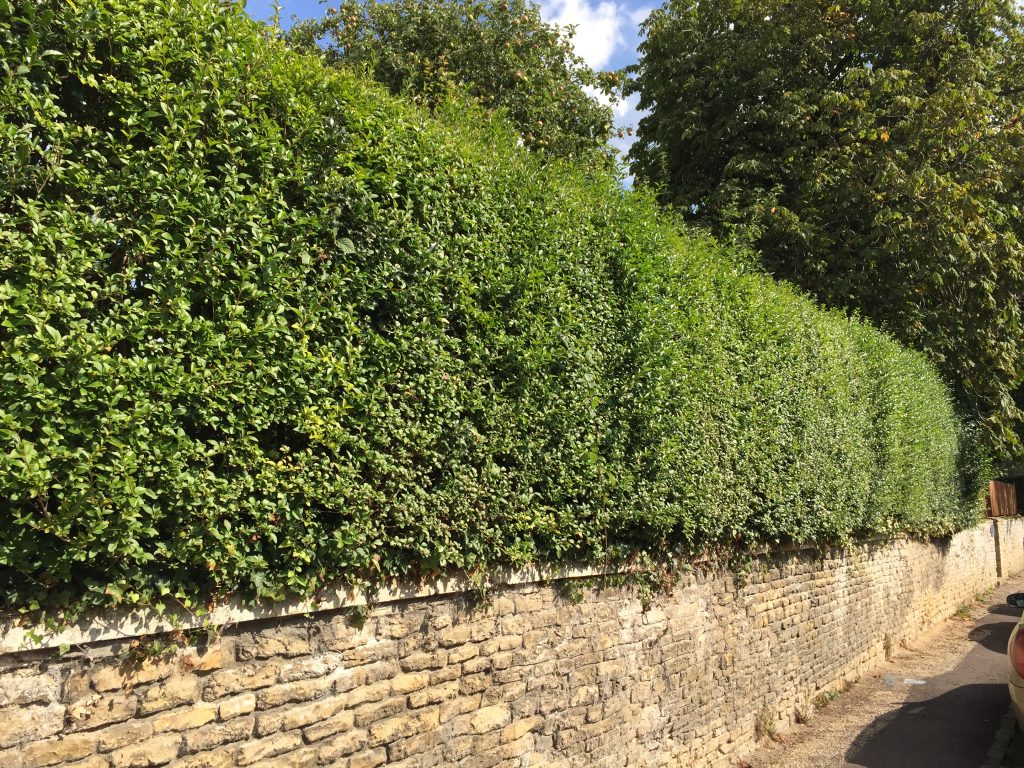Generally speaking, it’s always bad news to remove leaves from a tree. Leaves have the sole purpose of harvesting sunlight, which the tree can transform into food through photosynthesis. As such, when you remove them, you’re depriving the tree of its ability to feed.
With this in mind, the best time to prune a deciduous tree is when it is dormant, after autumn leaf fall, but before leaf emergence in the spring. There are, however, some exceptions to this rule, with trees such as Birch and Alder that gear up for growth early during the winter, even though you can’t notice the evidence of this! If you prune Birch too far into January, the tree will drip water from the open wound and not be able to seal itself off again before a lot of hydration is lost. Our advice is to prune this genus between November and December.
For more specific advice, check out our guide on when to prune fruit trees, as fruiting species often have slightly different timing and considerations.
When you cut a tree you are opening up an entry point for disease or frost so only prune on dry days when the temperature is above freezing.
This all seems fairly straightforward, but evergreen trees and hedges require different treatment as they retain their leaves throughout the year. Suppose you prune an evergreen tree or hedge in the autumn. In that case, the plant has no ability to renew its leaves before winter arrives, so in effect, you are depriving the plant of its ability to feed efficiently throughout this period. Think of trees like hibernating animals: they don’t do much in winter but continue ticking over, using up energy reserves until growth resumes in spring.

When pruning evergreens, it’s essential to do so just before they are ready to produce a new flush of growth — typically in March/April. This timing ensures they can feed normally through the winter and cope better with the stress of pruning.
We often see evergreen hedges trimmed in the autumn to keep them looking tidy over winter, but this is a risky practice — the plants can easily decline! So, in summary, prune evergreen trees and hedges in the spring and deciduous trees in the winter!
Explore trees for hedging
